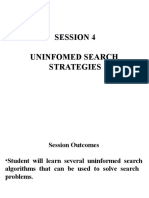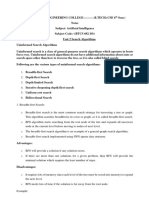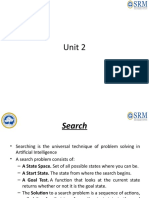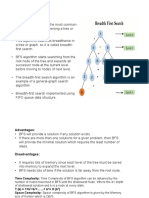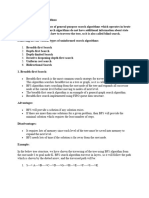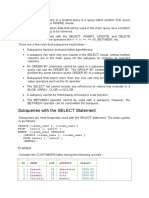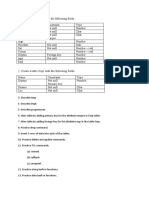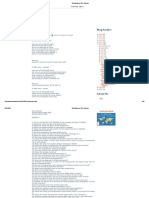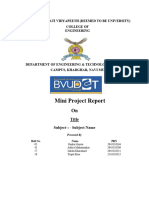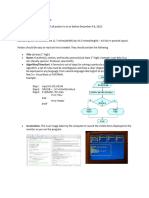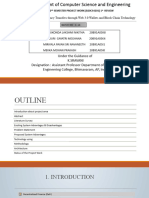0% found this document useful (0 votes)
21 views29 pagesSession 4
This document discusses uninformed search strategies, also known as blind search, which operate without domain-specific knowledge and systematically explore search spaces. It covers various algorithms including Breadth-First Search, Depth-First Search, and their respective advantages and limitations. The document also addresses specific problems like the Water Jug Problem and introduces Depth-Limited Search and Iterative Deepening Depth-First Search as variations of these strategies.
Uploaded by
Ram Prasad Reddy SadiCopyright
© © All Rights Reserved
We take content rights seriously. If you suspect this is your content, claim it here.
Available Formats
Download as PPTX, PDF, TXT or read online on Scribd
0% found this document useful (0 votes)
21 views29 pagesSession 4
This document discusses uninformed search strategies, also known as blind search, which operate without domain-specific knowledge and systematically explore search spaces. It covers various algorithms including Breadth-First Search, Depth-First Search, and their respective advantages and limitations. The document also addresses specific problems like the Water Jug Problem and introduces Depth-Limited Search and Iterative Deepening Depth-First Search as variations of these strategies.
Uploaded by
Ram Prasad Reddy SadiCopyright
© © All Rights Reserved
We take content rights seriously. If you suspect this is your content, claim it here.
Available Formats
Download as PPTX, PDF, TXT or read online on Scribd
/ 29
